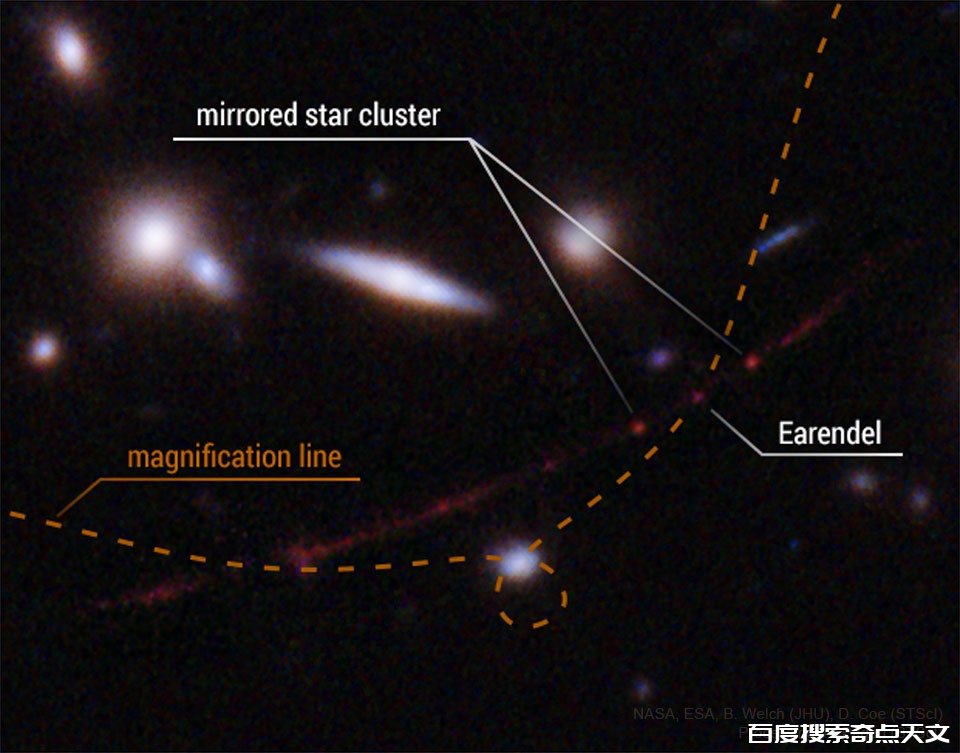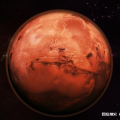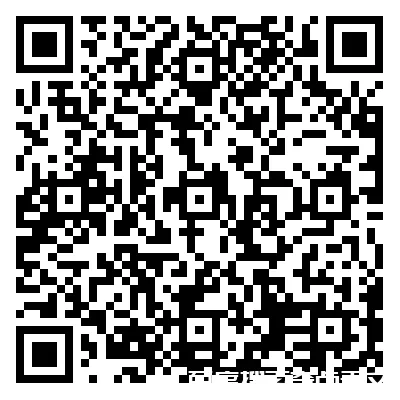
Earendel晨星:早期宇宙的恒星

Earendel: A Star in the Early Universe
Image Credit: NASA, ESA, B. Welch (JHU), D. Coe (STScI); Processing: A. Pagan (STScI)
Explanation: Is Earendel the farthest star yet discovered? This scientific possibility started when the Hubble Space Telescope observed a huge cluster of galaxies. The gravitational lens effect of this cluster was seen to magnify and distort a galaxy far in the background. This distorted background galaxy — so far away it has a redshift of 6.2 — appears in the featured image as a long red string, while beads on that string are likely to be star clusters. The galaxy cluster lens creates a line of maximum magnification line where superposed background objects may appear magnified many thousands of times. On the intersection between the galaxy line and the maximum magnification line is one “bead” which shows evidence of originating from a single bright star in the early universe — now named Earendel. Future investigations may include more imaging by Hubble to see how Earendel’s brightness varies, and, quite possibly, by the new James Webb Space Telescope when it becomes operational later this year. Earendel’s great distance exceeds that of any known stable star — although the star that exploded creating GRB 090423 had a redshift of 8.2.
Tomorrow’s picture: open space
Earendel晨星:早期宇宙的恒星
影像提供: NASA, ESA, B. Welch (JHU), D. Coe (STScI); 影像处理: A. Pagan (STScI)
说明: Earendel(晨星)是迄今发现的最遥远恒星吗?这种科学可能性,起始于哈勃太空望远镜观测到一个庞大的星系团。而这个星团的引力透镜效应,放大并扭曲了极远方背景里的一个星系。这个极为遥远红移为6.2的扭曲背景星系,在这幅主题影像里之身影为颀长的红线,而线上的串珠,可能是个别的恒星或星团。这个星系团的引力透镜产生一道最大放大率线,与其重合的背景天体可被放大数千倍。迹证显示在星系线和最大放大率线的交点上的“珠子”,可能是来自早期宇宙、一颗如今名为晨星的明亮恒星。未来的进阶探索可能包括使用哈勃望远镜进行更多成像观测,以了解“晨星”的亮度如何变化,而且极可能也会动用今年底即将上线的韦伯太空望远镜进行观测。虽然晨星的距离远超过了任何已知的“稳定恒星”,但是爆炸产生GRB 090423的那颗恒星之红移高达8.2。
明日的图片: open space


